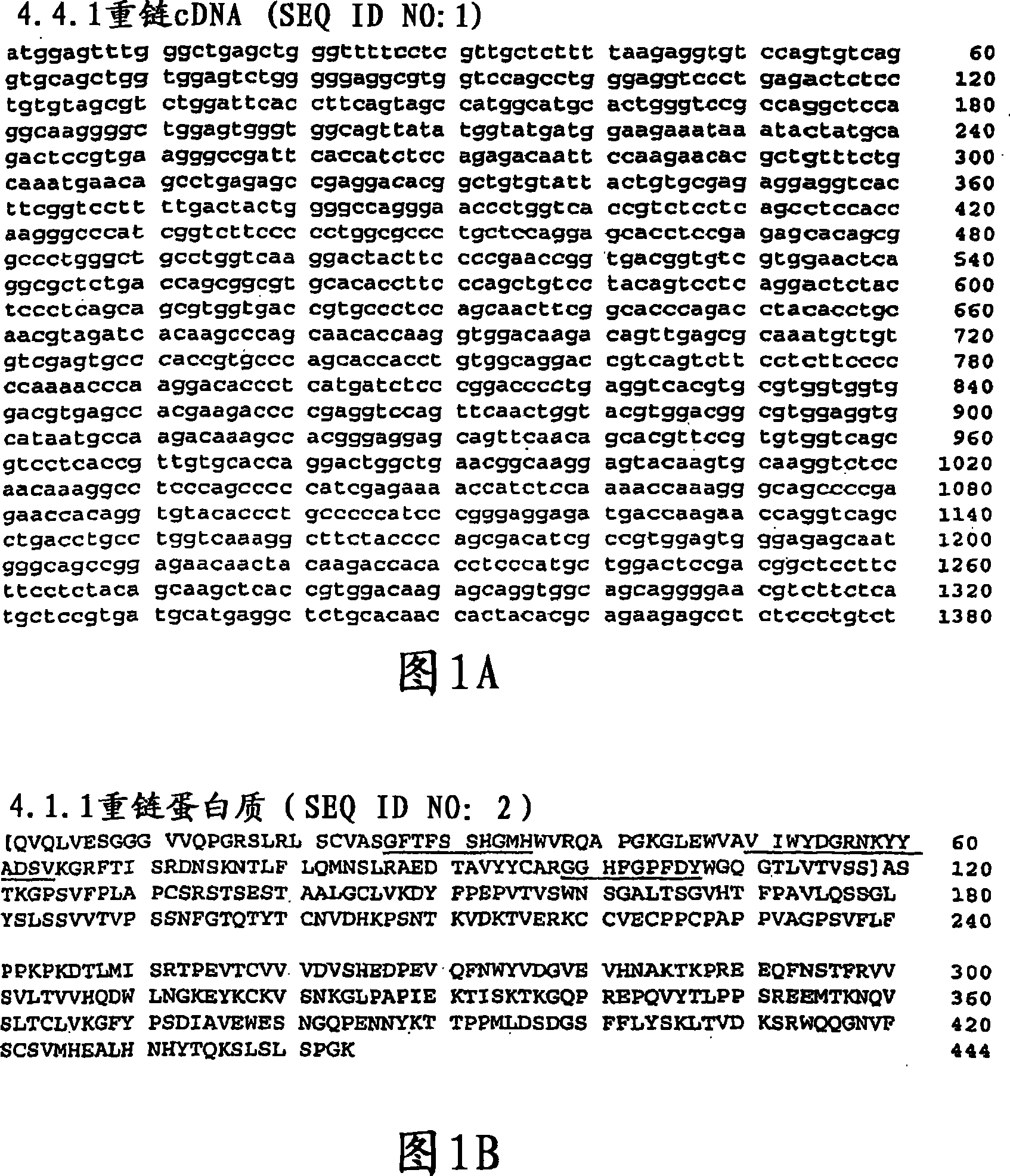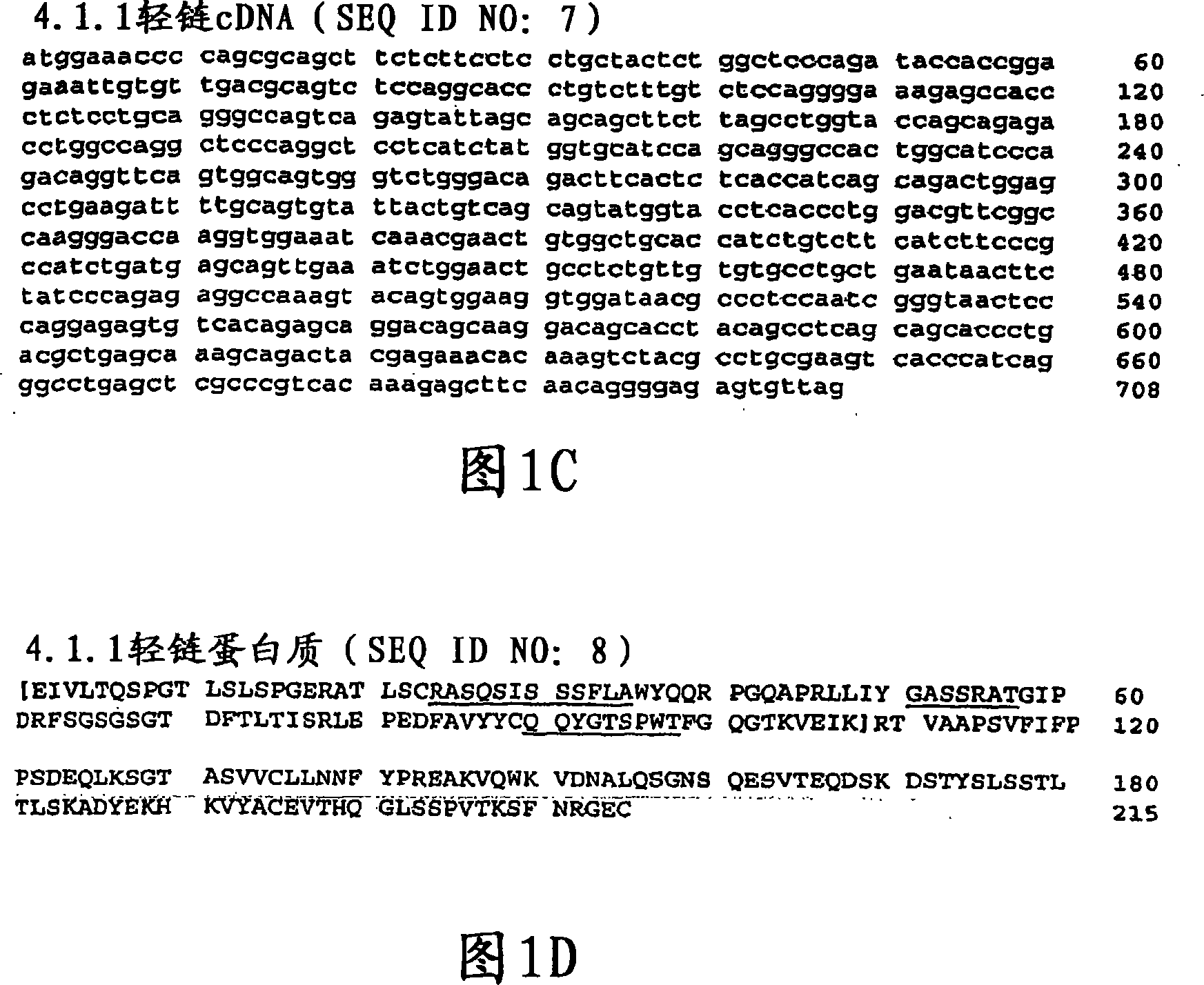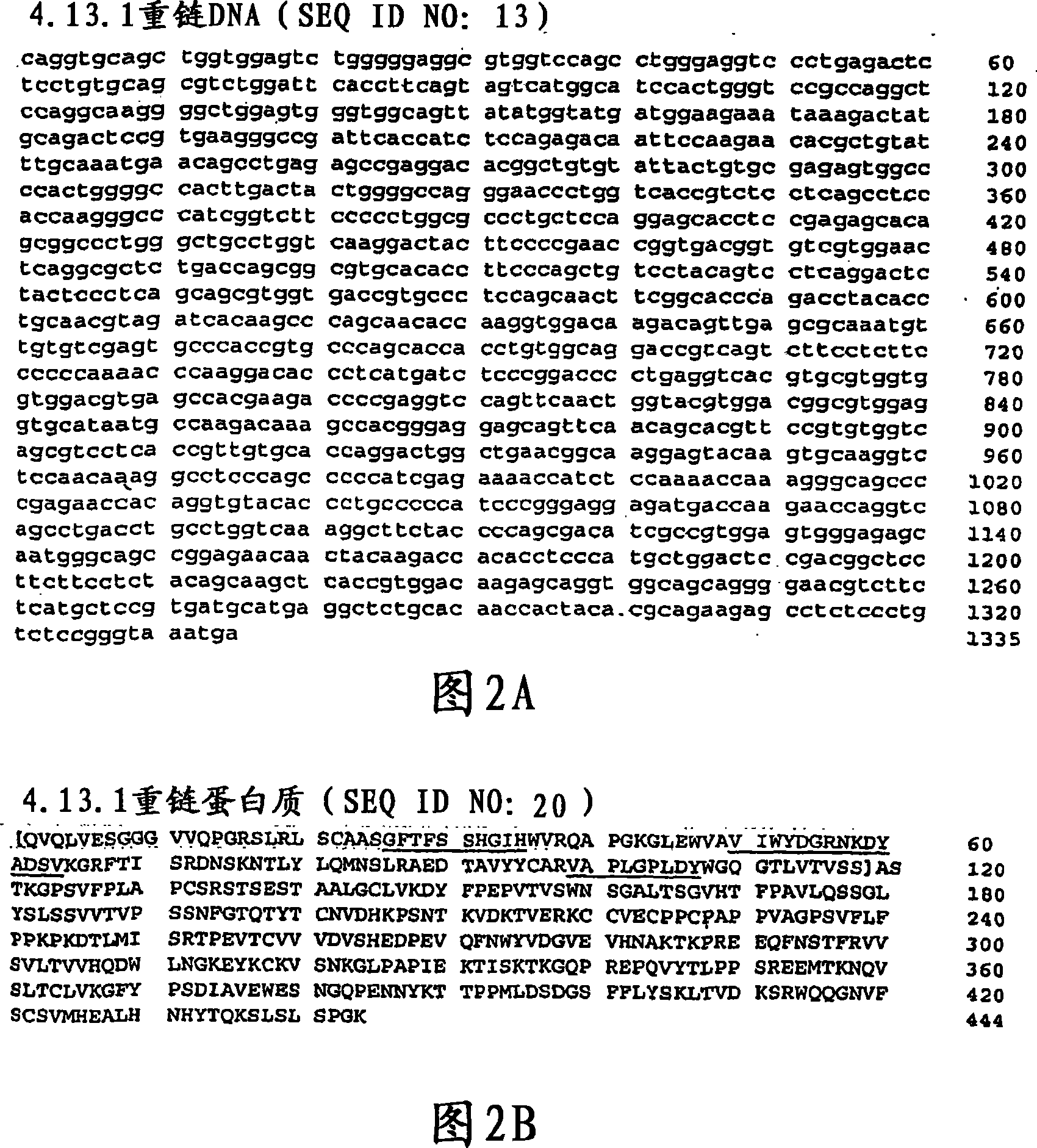Anti-CTLA4 antibody and indolinone combination therapy for treatment of cancer
A technology of -CTLA4 and antibody, which is applied in the field of combined therapy of anti-CTLA4 antibody and indolinone for the treatment of cancer, can solve the problems of less complete response to treatment and great resistance to treatment methods in patient groups.
- Summary
- Abstract
- Description
- Claims
- Application Information
AI Technical Summary
Problems solved by technology
Method used
Image
Examples
example 1
[0260] Combination of Anti-CTLA4 Antibody with Indolinone RTK I (Compound 1) Effects Stem Metastasis of Kidney Cells First-line treatment for cell carcinoma
[0261] After surgery / radiation therapy, patients with metastatic renal cell carcinoma (RCC) have at least one lesion, if any, that can be accurately measured in two dimensions and its size measured by conventional CT scans Patients > 2 cm x 1 cm or > 1 cm x 1 cm as measured by helical CT scans were offered standard chemotherapy with Compound 1 (SU11248) by established methods. Briefly, Compound 1 was administered orally once daily at approximately 50 mg / day for a period of 4 weeks. Following a two-week rest period, patients were administered a second course of Compound 1 for a four-week period. Cycles of Compound 1 administration followed by drug withdrawal were repeated as described above.
[0262] The patient is also administered an IV infusion (100 mL / hr) of anti-CTLA4 antibody at a dose of approximately 3 mg / kg...
example 2
[0271] Anti-CTLA4 antibody combined with indolinone RTKI for metastatic renal cell carcinoma line therapy
[0272] After surgery / radiation therapy, patients with metastatic renal cell carcinoma (RCC) have at least one lesion, if any, that can be accurately measured in two dimensions and its size measured by conventional CT scans Patients > 2 cm x 1 cm or > 1 cm x 1 cm as measured by helical CT scans were offered standard chemotherapy with indolinone RTKI (Compound 1, Compound 2 or Compound 3) by established methods. Briefly, Compound 1 was administered orally once daily at approximately 50 mg / day for a period of 4 weeks. Following a two-week rest period, patients were administered a second course of four-week compound treatment. Repeat administration of the compound was followed by intermittent treatment with rest periods as indicated.
[0273] The patient is also administered an IV infusion (e.g., 100 mL / hr and 200 mL / hr, etc.) of anti-CTLA4 antibody at a dose of approx...
example 3
[0282] Combination of anti-CTLA4 antibody and indolinone RTK I in the treatment of imatinib-resistant gastrointestinal tract stromal carcinoma (G I ST)
[0283] Patients with imatinib-resistant GIST were treated with standard chemotherapy using an indolinone RTKI (compound 1 ) following surgery / radiation therapy, if available, using established methods. Briefly, Compound 1 was administered orally once a day at approximately 50 mg / day for a period of 4 weeks. Following a two week rest period, patients are administered a second course of compound over a four week period. Treatment cycles of compound 1 administration followed by rest periods were repeated as indicated.
[0284] The patient is also administered an IV infusion (100 mL / hr) of anti-CTLA4 antibody at a dose of approximately 1 mg / kg, 3 mg / kg, 6 mg / kg, 10 mg / kg or 15 mg / kg according to the instructions herein. Use prophylactic anti-emetic and anti-diarrheal agents as needed. Antibody treatment was repeated after ...
PUM
 Login to View More
Login to View More Abstract
Description
Claims
Application Information
 Login to View More
Login to View More - R&D
- Intellectual Property
- Life Sciences
- Materials
- Tech Scout
- Unparalleled Data Quality
- Higher Quality Content
- 60% Fewer Hallucinations
Browse by: Latest US Patents, China's latest patents, Technical Efficacy Thesaurus, Application Domain, Technology Topic, Popular Technical Reports.
© 2025 PatSnap. All rights reserved.Legal|Privacy policy|Modern Slavery Act Transparency Statement|Sitemap|About US| Contact US: help@patsnap.com



